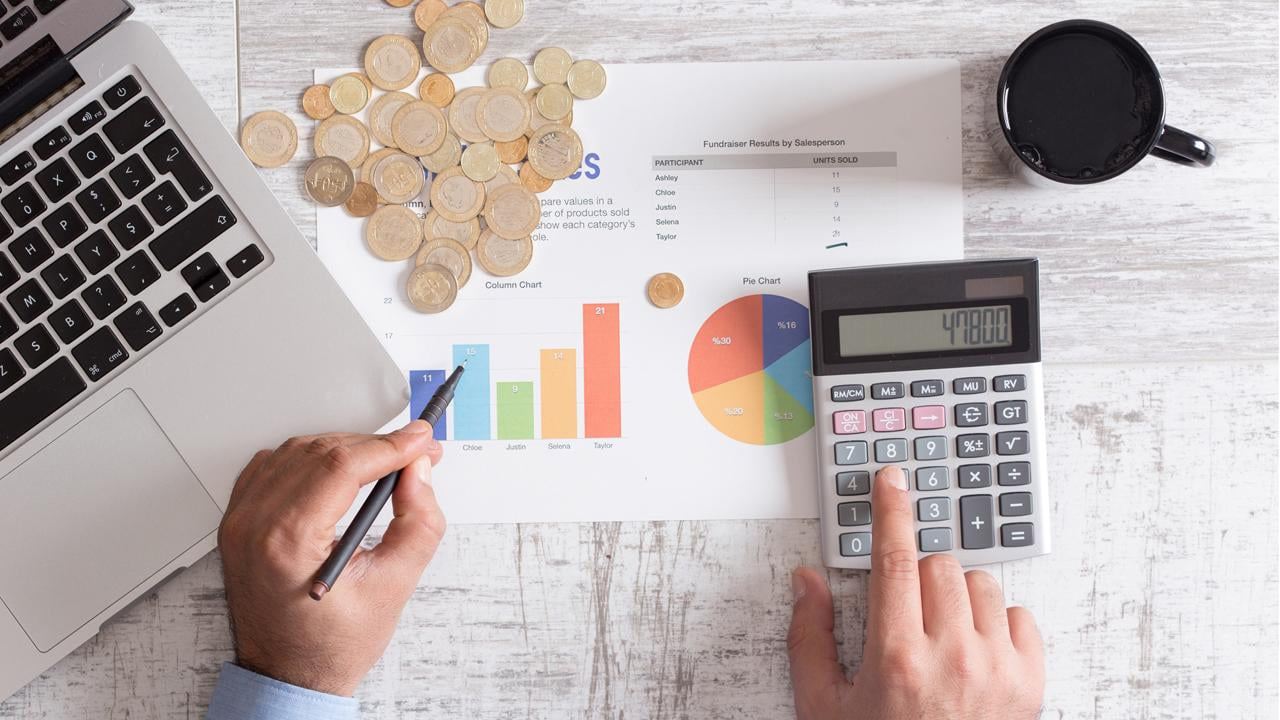No matter what your financial problems are, you may think that a big lottery win would solve them all. But the history of the lottery is littered with stories of big money winners who manage to blow their prize in the space of a few months. Having money in the first place matters, of course, but no matter how much money you have, if you manage it poorly, you will have no financial stability. Without control over your incomings and outgoings, chances are you will end up in debt or at the very list living with permanent financial instability. But this doesn’t have to be your fate. You can gain control of your money. Here are four simple tips to help achieve financial stability.
Watch your money
Do you know exactly how much money you spent last month and what you spent it on? The important word here is ‘exactly.’ ‘Roughly’ won’t cut it. When it comes to controlling your money, you need to keep on top of every penny. By keeping an accurate record and reviewing it at the end of the month, you will get a clear picture of where you are spending your money, and you will see where savings can be made.
Work on your debt
When you are under a weight of debt, it can be easy to get into the routine of ignoring it, just paying off the minimum payments on your credit card and plodding along. But taking active steps to work on your debt is vital. Start by analyzing how much you owe and what the interest is on each debt. Prioritise paying off the debt with the highest interest first. And while you are thinking about credit cards and loans, it is a good idea to check whether you can make a PPI claim at https://ppi-claim.co that could be worth a significant sum.
Put money away
The normal advice on having money put aside is to keep 3-6 months worth of your expenses put away in a savings account. You should also aim to be putting money aside regularly towards your retirement or pension, even if you are already paying into a pension plan through your work. To get into the habit, set yourself a goal of putting aside between 10-20% of your monthly earnings. It will soon add up and will provide you with a safety net in the short term and a better standard of living in the long term.
Plan Purchases
Your analysis of your monthly spending may have revealed some additional spending on impulse purchases and items that were not necessities. By addressing this problem, you’ll see immediate results. Set yourself a monthly limit of money that you permit yourself to spend on non-necessities. If you see something you would like to buy, put it on a 30-day waiting list. If at the end of that time you still want it, go for it. Meanwhile, the waiting list and the monthly limit should help to curb any reckless spending.
It can seem like a lot of work to get your finances under control, but it’s easier than you think. With these simple steps, you can take big strides towards achieving financial stability.






